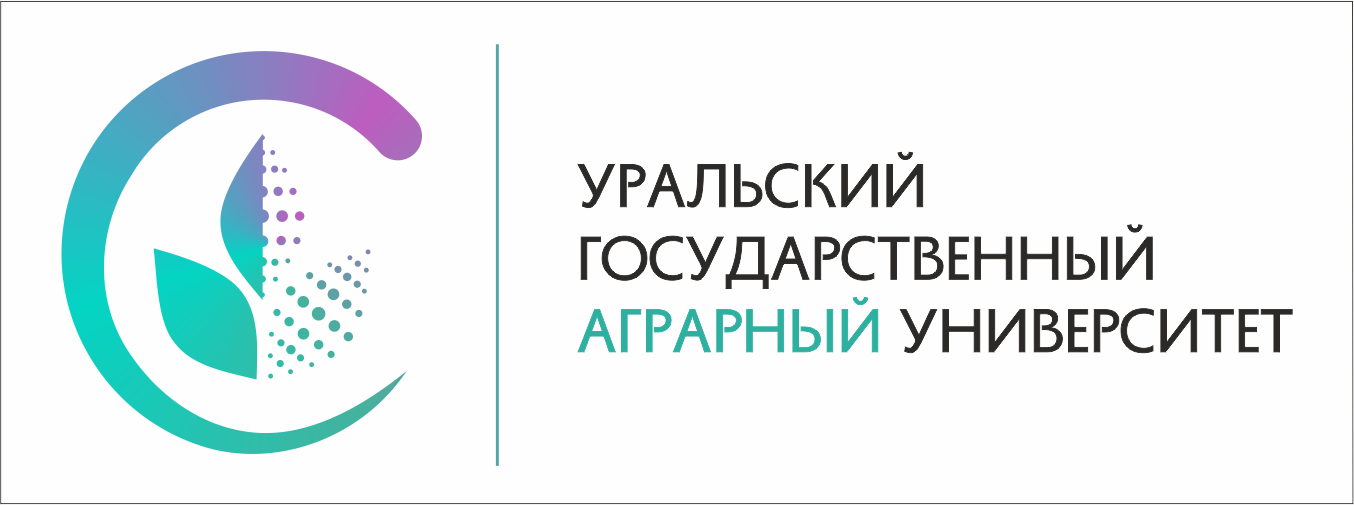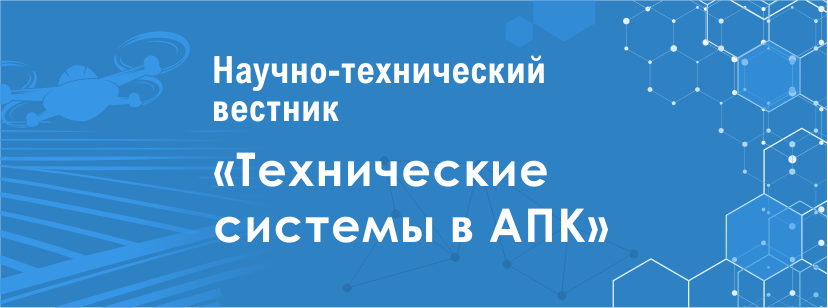R. V. Ivanov1 , M. N. Pak1, L. N. Zakharova2 , A. V. Popova2 , V. I. Fedorov2
1 Federal Research Center “Yakut Scientific Center of the Siberian Branch of the Russian Academy of Sciences” – Yakut Scientific Research Institute of Agriculture named after M. G. Safronov, Yakutsk, Russia
2 Arctic State Agrotechnological University, Yakutsk, Russia
E-mail: This email address is being protected from spambots. You need JavaScript enabled to view it.
Volume 25 No. 9
Date of paper submission: 27.01.2025, date of review: 09.06.2025, date of acceptance: 15.07.2025.
Published: 09/30/2025
Abstract. The great difficulties in feeding Yakut horses in winter are caused by a decrease in the quantity and quality of seedling feed. The deficiency of nutrients in seed fodder is compensated by the organization of top dressing with hay and concentrates. One of the most effective technological methods is feeding them special feed additives containing protein, minerals, trace elements, vitamins, and probiotics. One of the feeding technologies for horses that allows animals to be provided with good quality green fodder throughout the winter period is the sowing of annual fodder crops. The purpose of the study is to identify effective feeding technologies for herd horses in Yakutia in winter. Scientific novelty. For the first time in Yakutia, the nutritional value of oats (Avena sativa L.), Horsetail (Equisetum variegatum Schleich. ex.Web), linseed cake on the metabolic parameters of the Yakut horse breed was studied. Methods. The method of direct determination of the digestibility of nutrients were used. The balance method, the method of control animals. Results. A comparison of the two pastures of Central Yakutia studied by us in terms of the nutritional value of feed showed that, in particular, in terms of the content of crude protein, crude fat, ash and carotene, the winter-green mass of oats exceeds that of natural grass, while in the first case a higher level of polyunsaturated fatty acids was noted. A comparison of the two studied pastures in the north-east of Yakutia showed that horsetail is nutritionally superior to mixed grass, especially in terms of crude fat, ash and BEV content. Variegated horsetail contains high levels of polyunsaturated fatty acids, especially linoleic acid and arachidonic acid, which are valuable for feeding herd horses. According to our research, the introduction of flax seed cake into the winter diet of horses also has a positive effect on the digestibility of feed and metabolic processes in the horse's body.
Keywords: seed fodder, top dressing, feed additives, oats, Variegated horsetail, linseed cake
For citation: Ivanov R. V., Pak M. N., Zakharova L. N., Popova A. V., Fedorov V. I. Effective technologies of rational feeding of herd horses of Yakutia in winter. Agrarian Bulletin of the Urals. 2925; 25 (09): 1384‒1394. https://doi.org/10.32417/1997-4868-2025-25-09-1384-1394 (In Russ.)
Download the full text of the article












